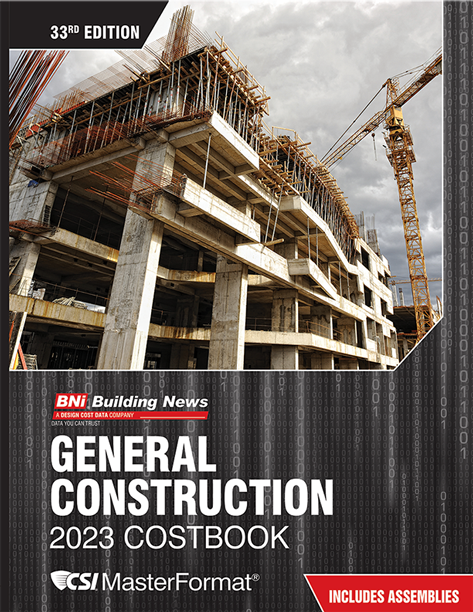An annual study conducted by the Liberty Mutual Research Institute for Safety in 2010, revealed the direct cost to employers from injuries in 2008 was $53.42 billion and indirect costs were between $80 billion to $200 billion annually.
A key component to protecting both the safety of your employees and the profitability of your company is the creation of a personal protection equipment maintenance program.
A personal protection equipment maintenance plan is a method of periodically checking safety protection equipment to ensure its functionality.
Selecting a PPE Manager
The first step in the creation of a plan is to identify how you would like to manage your PPE maintenance program.Three models that exist for management are:
1. Employees monitoring their own equipment.
2. A central person maintaining all the equipment.
3. A combination of the two.
In determining which of these management plans is most effective for your company, it is necessary to determine how PPE is currently treated in your company.
If your employees are assigned a set of PPE and that equipment stays in their possession, it is best to have the employee monitor his or her equipment.
If all your PPE is turned into a central location at the end of the day, then it is best to have one person in charge of the maintenance. If your company features a combination of these policies, I would suggest the creation of a policy that combines the two management processes.
For this discussion we will assume the workplace involves a joint maintenance program. If your workplace wants to institute only one side of the program, simply strip out the portion that does not apply.
Training
Now that we have chosen the maintenance it is necessary to craft a training program for the upkeep of equipment.To create this program, first let me provide you with the maintenance for each type of PPE.
Eye Protection:
- Regularly clean safety glasses and goggles regularly with mild soap and water.
- When lenses are dirtied on the job rinse with water before wiping to prevent scratching.
- Store eye protection in a clean, dust-proof case or in a safe place such as the top shelf of a locker where it won’t get scratched or otherwise damaged.
- Replace safety glasses (if frames are bent) and replace goggles if headbands are loose, twisted, knotted or worn. Replace any kind of eye protection if lenses are scratched or pitted and impair vision.
- Replace headbands that no longer contain elasticity, are sweat-soaked, broken or twisted.
- Repair or throw away protection that that does not properly hold face guards in place.
Hearing Protection:
- Wipe earmuffs with a damp cloth after use, store in a safe place and replace cushions when they lose their resilience.
- Wash reusable earplugs every day, store in a clean case and replace if plugs are hard or discolored.
- Wipe canal caps (headband plugs) with a damp cloth after each use, store them in a safe place so the headband won’t get bent or twisted and replace if the band is damaged and no longer fits comfortably.
Head protection:
- Clean hard hats regularly with warm water and soap and allow to air dry.
- Store head protection away from extreme temperatures, out of the sun and keep them in a safe place where it cannot get damaged.
- Check the headband daily to ensure it is not stretched or worn. It should fit comfortably on the head.
- Replace all hard hats that show cracks, dents or other signs of damage.
Respirators:
- Clean and disinfect your respirator daily according to manufacturer’s instructions.
- Check seals for cracks, holes, deterioration and any other problems that could interfere with the effectiveness of protection.
- Store in a location, protected from light, heat, cold, moisture, dust and chemicals.
- Store the respirator in a way that rubber and plastic parts hold their shape.
Gloves:
- Keep gloves clean and dry.
- Always have two sets of gloves per employee in case one pair gets wet and needs to dry.
- Inspect gloves for rips, fraying, cracks or other damage before using
- Discard damaged gloves immediately.
Footwear:
- Clean soiled or wet shoes immediately.
- Air out work shoes after work.
- Check shoes regularly for signs of damage and wear.
- Replace all worn and damaged shoes.
- Ensure socks are free of holes and dry throughout a shift. If employee has sweaty feet have them bring an extra pair of socks and change at lunch.
Now that we have laid out the basic details of maintaining your company’s PPE equipment, it is time to create a training program.
To do this, create a list of equipment that is specific to your organization and show your employees how to perform each maintenance task in a group training meeting.
After the meetings have employees sign off on a training log showing they understand the training. If you want a form, please email me atmrich@safetyservicescompany.comand I will gladly provide it free of charge.
In addition to this large group meeting, I recommend including with paychecks once every month or two a training refresher on a specific topic. This refresher training should have a place for a signature so they can be returned and documented.
Creating a Tracking Policy
Now that we have crafted our training for our PPE maintenance program, we must create a method of tracking to ensure the proper maintenance of equipment.Since we are going with a two-pronged approach we will create two separate log books for tracking.
The first log book we will design is for our employees with a vertical row featuring each employee’s name and a horizontal row of dates.
When an employee starts each day, he or she will be responsible for checking the condition of their equipment, performing any required routine maintenance and signing off in the appropriate date box.
For ease of use I recommend keeping this book near employee lockers or the time clock.
By having a log book you are able to log the maintenance of your equipment, have a record showing your company was not at fault in case of equipment failure and constantly remind your employees to properly use this equipment.
The second log book we will create is for equipment that employees share or equipment that is not used often.
The easiest way to complete this book is to number each piece of PPE with a permanent marker and place the corresponding number in the vertical rows of an excel file or log book. The horizontal rows will represent dates.
After creating the log book, the person in charge of maintenance will sign off on the maintenance of the equipment each day.
You can purchase log books at most office supply stores or you can print off blank Excel sheets, punch them with a three hole punch and place the sheets in a three-ring binder.
If you want to take the green route create an electronic log book using Excel or any other data base system.
By implementing this simple policy you can both prevent failure of PPE and extend the equipment’s life.




Report Abusive Comment